Cesta
Concerto Piano
Voir les marquesMarcas de la categoría : Concerto Piano
Ver más
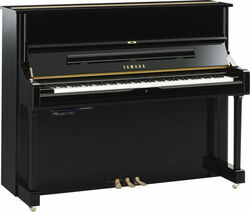
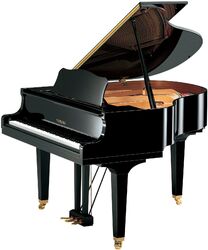
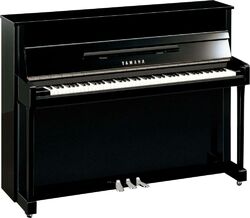
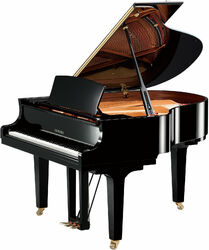
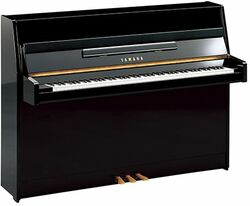
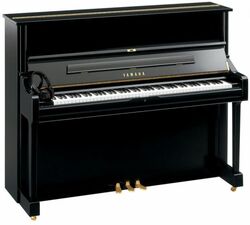
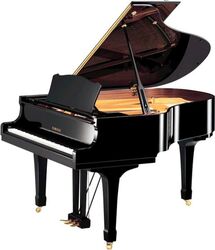
Upright pianos are an ideal solution for musicians with limited space, such as those living in apartments, who still desire the sound quality and playing experience of an acoustic piano. With variable heights and a small footprint, upright pianos provide an excellent alternative to grand pianos, especially for beginners or intermediate pianists. Models like the Yamaha B1 are market references, combining reliability, craftsmanship, and an attractive price-to-quality ratio. For those aiming to practice without disturbing neighbors, the option of a silent system, such as the Yamaha B3 SC3, is particularly interesting. These systems allow playing with headphones, enabling practice without compromising the peace of the surroundings. Acoustic pianos are often chosen for their durability, maintaining excellent mechanics and sound quality over decades, making them a lasting investment in learning and musical practice.
Grand pianos represent the epitome of elegance and performance in the world of acoustic pianos. With their iconic harp-shaped design, they are often considered centerpieces in homes or concert halls. The sound quality of a grand piano is unparalleled due to its large soundboard and the length of its strings, offering superior harmonic richness and acoustic power. Pianists appreciate the quick response and sensitivity of the keys, allowing detailed and nuanced musical expression and free playing technique. Models like the Yamaha Baby or Bösendorfer are market references, combining tradition and technological innovation. Their advanced mechanics, where each hammer strikes a string with precision, offers an authentic playing experience echoing decades of piano tradition. Whether for professional use or learning, choosing a grand piano is an investment in durability and musical excellence. Silent systems also exist, transforming the acoustic piano into a hybrid instrument capable of connecting to electronic devices for recording or using accompaniments. In summary, a grand piano is more than just an instrument; it's a work of art that inspires musicians and delights listeners with its rich tone and remarkable aesthetics.
The sound and playing quality of an acoustic piano are essential criteria for any pianist, whether amateur or professional. The harmonic richness and depth of tone from an upright or grand piano provide unparalleled emotion to each performance. The acoustic quality of a piano often results from meticulous craftsmanship and careful selection of materials, such as spruce for strings or maple for hammers. By choosing an instrument with advanced mechanics and impeccable craftsmanship, you ensure not only superior tactile response but also durability that spans decades. Whether opting for a traditional model or a piano equipped with modern technologies, sound quality remains the central pillar of a rewarding and satisfying musical experience.
